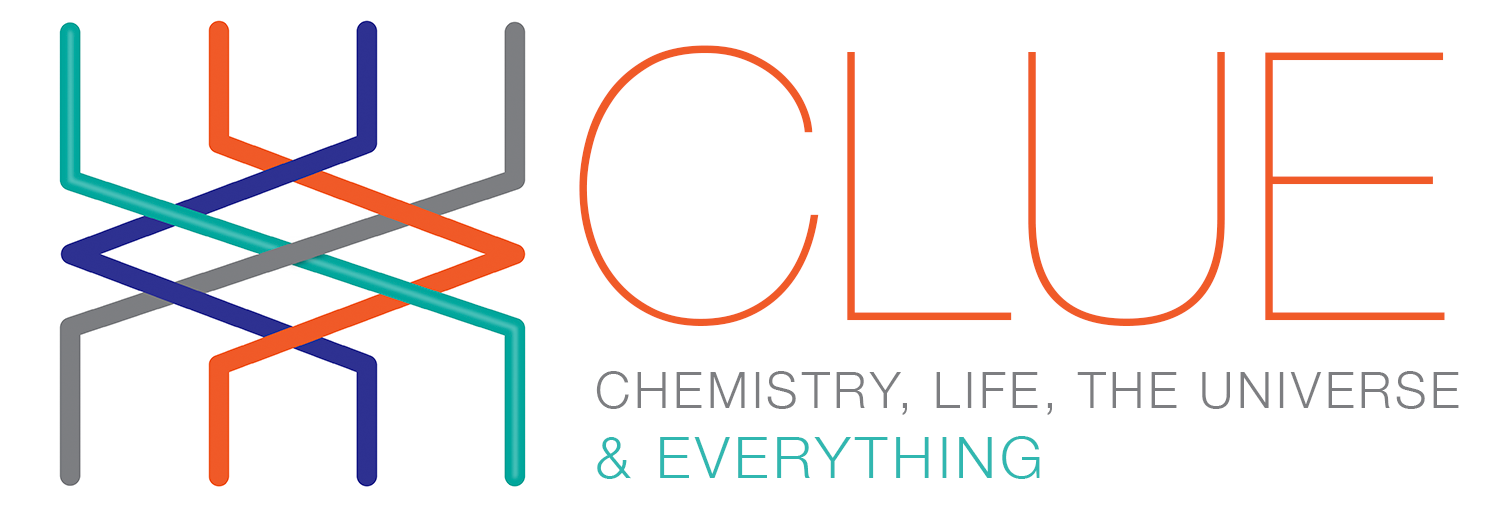About Our Research
Overview
Our group’s research centers on improving undergraduate STEM education using an evidence-based best practice model for curriculum reform.
Our research related to teaching and learning in university-level chemistry courses aims to address the following five guiding questions:
- What do we want students to know and do by the end of a chemistry course?
- What order of topics best facilitates students’ development of understanding?
- What pre-existing knowledge, assumptions, and skills do students bring with them?
- What materials and experiences are most appropriate for learning different kinds of material?
- How will we assess the knowledge and skills we want students to develop?
Using an iterative, design-based approach to research, we use these guiding questions to inform the design of more effective curricular materials.
Current Research
- "Supporting Student Mechanistic Reasoning Through Scaffolded Task Design and Generative AI Feedback" (Abstract - PDF)
Chemistry, Life, the Universe and Everything (CLUE)

Our group’s current work centers on the design of CLUE, an alternative introductory chemistry course. CLUE grounds the teaching of chemical principles in the emergence and evolution for life and aims to incorporate learner-centered activities both in and out of the classroom in order to facilitate learning. We are currently working to develop and refine materials for the course, which include a text, interactive applets which allow students to explore difficult concepts, guided tutorials, and a variety of assessments – ranging from formative concept inventories to criterion-based assessments. You can learn more about CLUE and view some materials at the website linked below:
Explore CLUEBeSocratic: An online formative feedback tool

Assessments are integrated into the CLUE curricula both so that students can receive timely formative feedback about their
progress and so that instructors and research can assess what their students are learning as they learn it.
One of the key assessment tools used in the CLUE course is beSocratic, a web-based assessment and formative feedback system
that response to a variety of student input, including graphical representations, written explanations, and freeform drawings.
In contrast with traditional assessments such as multiple choice tests, beSocratic allows students to construct responses by
drawing or using their own language to demonstrate their knowledge. This is important because both drawing and writing have been
identified as key scientific practices can provide instructors with far more insight into student difficulties than traditional
assessments (Ainsworth, 2011; Krajcik, 2010).
Assessing the impacts of CLUE
In order to examine the impacts of the CLUE curriculum compared to traditional cirricula, we use a variety of qualitative and
quantitative research methods. For instance, we use qualitative interviews to gain insight about students’ perceptions of the
CLUE course and to explore how students reason about chemistry content within the course. We use quantitative assessments such
as nationally normed exams and concept inventories in order to compare CLUE students’ knowledge with their non-CLUE peers.
If you would like to read more about our current research, visit our Publications page
to find our recently published work.
